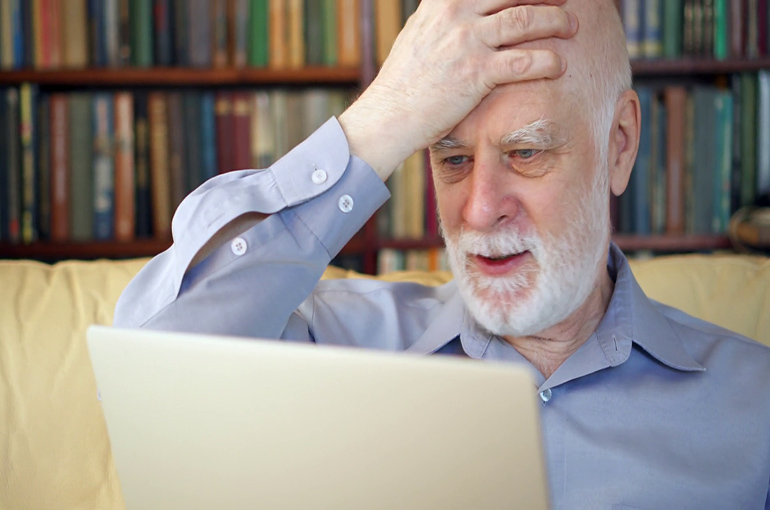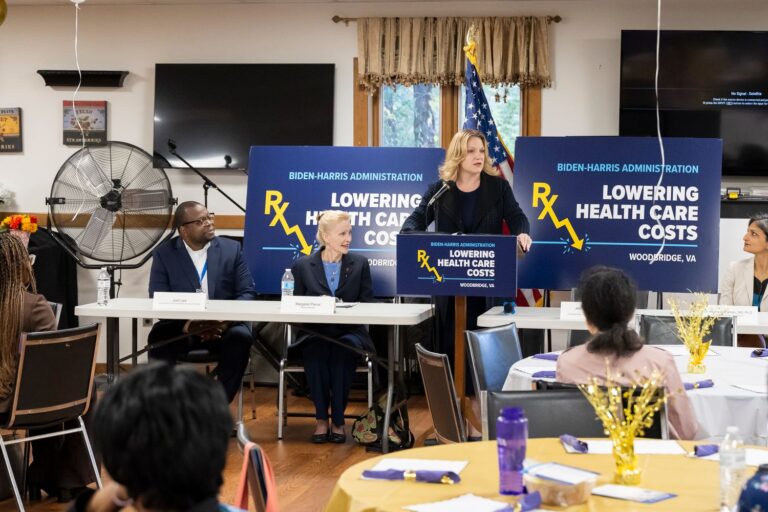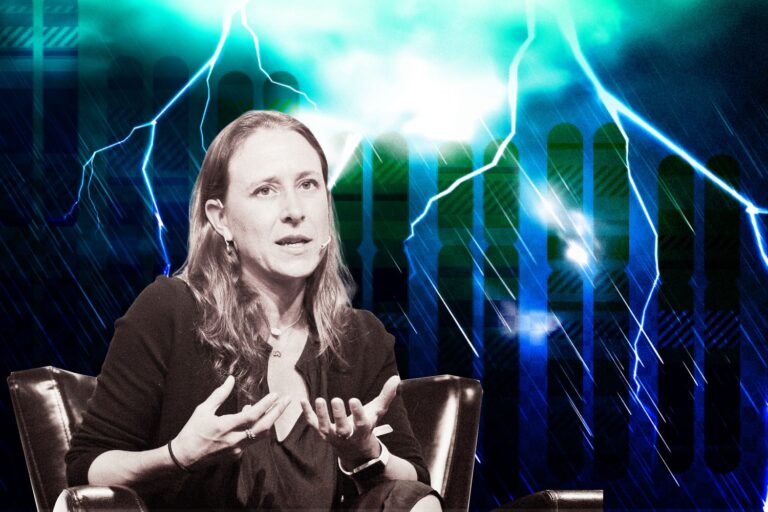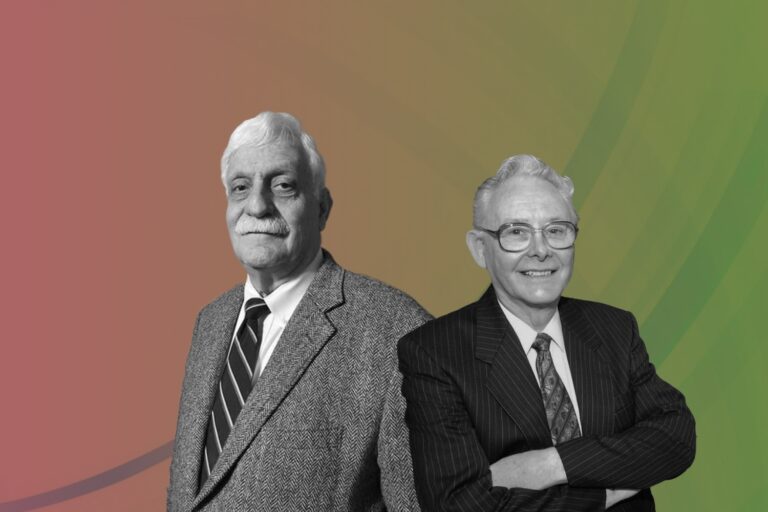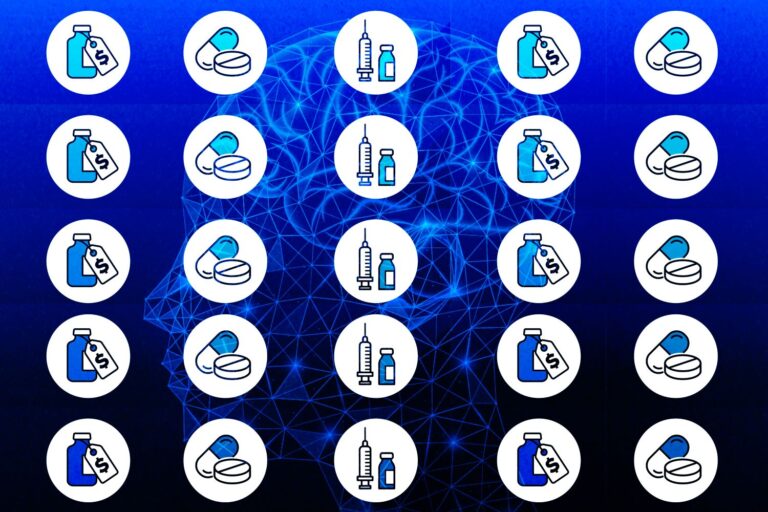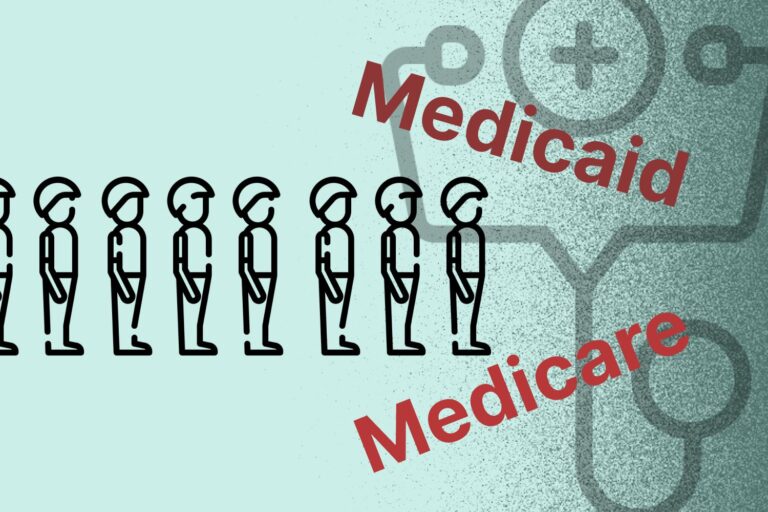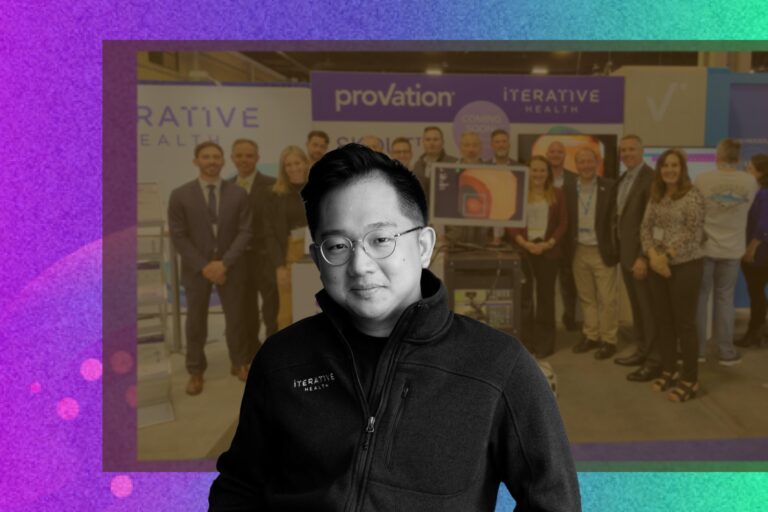How Healthcare Innovations Amazingly Adapt to Senior Patients?
Remember the last time when a clinic refuses to offer digital applications to their senior patients because they give old people credit for not being tech-savvy. Though this sounds like make sense that elderly people get more acquainted with the traditional ways of using devices like TVs, radios, etc. according to many research, senior citizens are willing to accept and learn new technology innovations. And that we can’t get over tech’s perception that those over the age of 50 can’t use or understand new technologies or exclude them from our target audience for the use of healthcare innovations, that may be our huge mistakes!
According to Kaveh Safavi M.D., global managing director of Accenture’s health business, once seniors turn to digital banking, shopping, entertainment and communications tools, they also expect to deal with certain aspects of their online health services. He also said: “What this means for healthcare systems is that they need to consider the role that digital technology can play in making healthcare more convenient for patients of all ages at every touch point.”
As the aging population is on the rise, this is outdated that an elderly patient must adapt to healthcare technology, but truth be told, new healthcare innovations have to find a way to adapt to seniors citizens! It’s time to let the numbers talk!
How Statistics Show us?
According to World Health Organization, the aging population is growing faster than it used to be in the past. It is expected that a person’s global population over the age of 60 will double from 12 percent in 2015 to about 22 percent by 2050, and it is predicted to be more than children under the age of 5.
More than that, iHealth Beat and Accenture reported the survey observed 62 percent of seniors said that searching for health records is their main reason for logging on. The research also showed that most seniors are ready to adapt to digital healthcare innovation, virtual physician consultations (20 percent) for example, but less than a third of healthcare providers offer such capabilities.
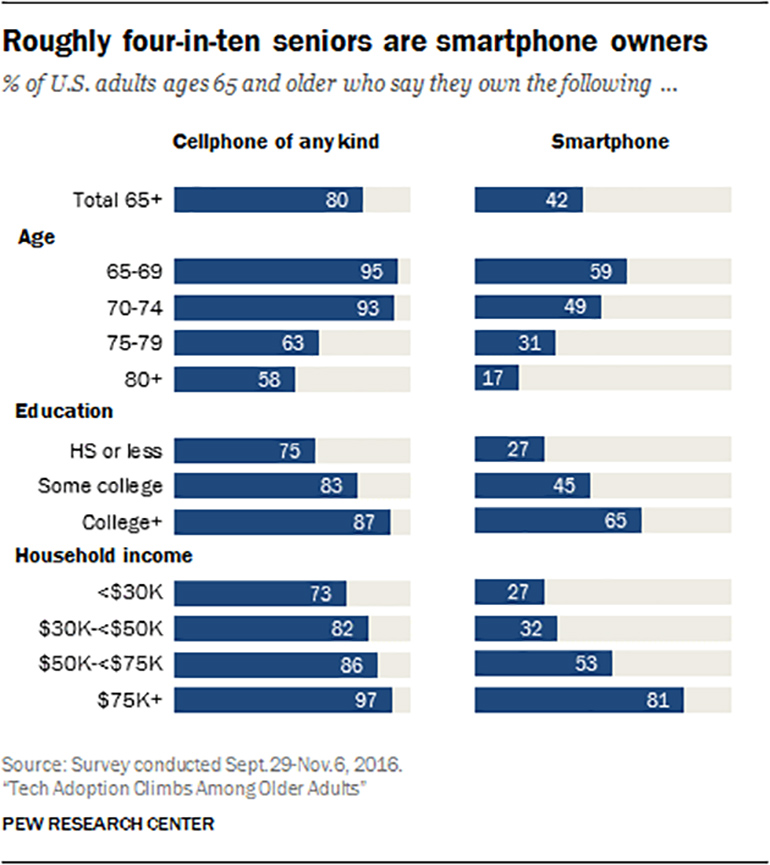
American seniors are embracing technology at a rapid pace. The statistics above show that four-in-ten seniors now own smartphones, more than double the share that did so in 2013. Almost elderly people own a cellphone of any kind (95%), and half of them use smartphones.
Internet adoption among seniors has steadily increased over the past decade and a half. Only 14 percent of seniors were internet users when the Center began tracking internet adoption in early 2000. But 67% of adults aged 65 and older today say they’re going online.
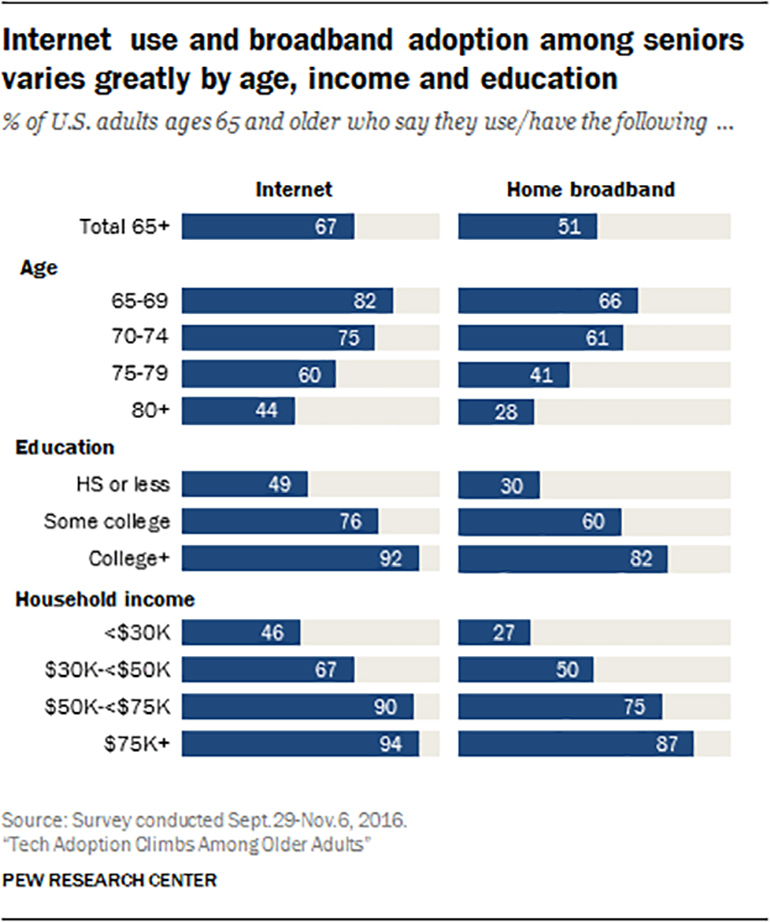
The figure above highlighted internet adoption among seniors has dramatically increased over the past decade and a half. When Pew Research center did research nine years ago, only 14 percent of seniors were internet users. But how about now? 67% of adults aged 65 and older today say they’re going online.
Besides, compared to the previous survey in 2013 when 47% of older adults were broadband adopters, in 2017, around half of older adults said that they set up high-speed internet at home.
A great number of senior citizens in the US are involving the digital world but some is not. Why, you may ask? You may think that it’s because they lack of understanding or just simply that they don’t like it. But it is not. That’s because they need your help! Seniors need you to pull them out of their traditional world and integrate with technology initiatives of the 21st century. Old people are willing to accept new ideas if health providers and young generations are ready to help them out. And that’s never a big problem!
Ways That Healthcare Innovations Adapt to Older People
Pew Research Center also emphasized top five areas in the healthcare industry that is potential to grow for seniors and in fact, health providers are adapting these fields to let technology sneak into the seniors’ world! So what is it?
Seniors Self-Care:
More than two-in-3 seniors opt to use self-care technology to independently manipulate their health, according to Pew Research Center. And ARRP reported that start-up funding in this area rose from $143 million in 2012 to $166 million in 2013.
Letting older people take care of themselves will let them be happier and more useful in the world. Seniors tend to be affected by their health issues which makes them feel loneliness, isolation and even depression. That would be great if they can control their health, know what is happening, they will much more enjoy their life.
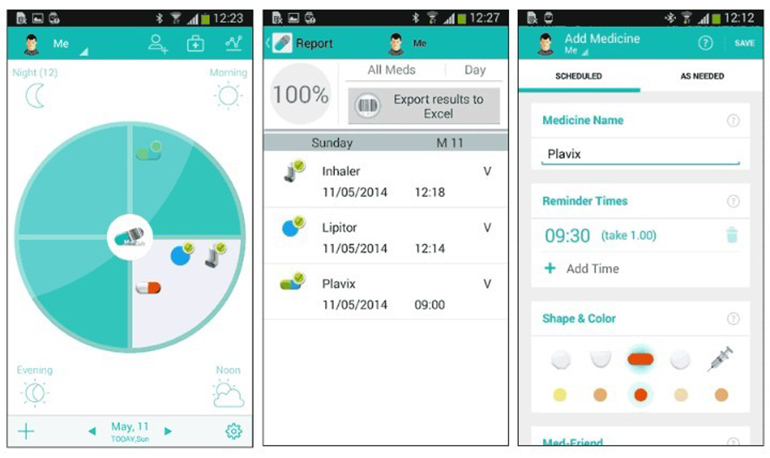
For example, it is difficult for seniors taking medicines efficiently and at the proper time, which is a day by day challenge. However, nowadays, pill dispensers are increasingly equipped with timers and alarms and can speak with computers and smartphones, assist sufferers in preventing the consequences of wrong medicine use. Here are a wide array of fitness apps including Medisafe creating personalized digital health solutions that solve the complex problem of medication management for individual patients, RxmindMe alerting the user to the need to take a prescription and so on.
Smart Wearables:
3/5 seniors are ready to wear a health-monitoring device to keep track vital signs such as blood pressure, glucose level, and heart rate. An estimation from AARP that the investment in this area is funded $266 million in 2013, higher than in 2011 and 2012.

If you are with absent-minded seniors, then this is the right choice to buy smart wearables for them. For example, smart watches like Fitbit Charge 2 Health Rate & Fitness Wristband which makes it easy for seniors to keep tabs on their fitness levels, and also can inspire them to improve their health. And Lively Wearables, the unique and stylish-looking wearable works with a mobile app offering bells and whistles like a daily step counter, health tips, and fun health challenges to keep your parent motivated, is also the best example for how engaging a smart wearable is!
Online Communities:
3/5 seniors are likely to go online to react to a doctor’s recommendation. AARP estimates funding for these platforms rose to $142 million in 2013.
Patients Like Me, a patient network and real-time research platform that through the system, patients connect with others who have the same disease or condition and track and share their own experiences with the goal to improve outcomes, attracts thousands of seniors to come and share their ideas, encourage each other and give advice. Before really doing anything, the patient often reacts to a suggestion then think and take action, buying a smart wearable, for example.
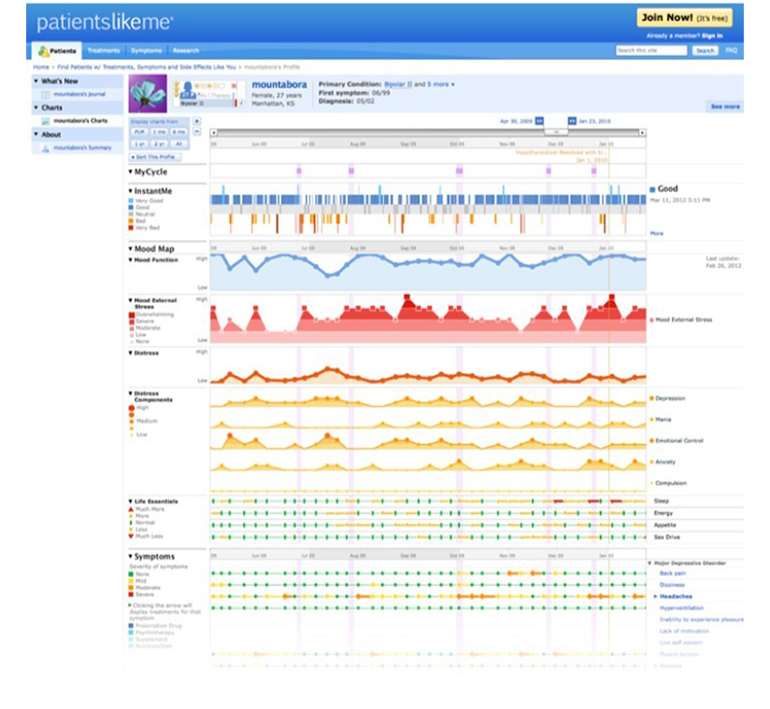
Navigating Healthcare Innovation:
1/3 seniors would love to talk with a patient navigator. And $384 million was invested in platforms like patient navigators or care navigation in 2014.
Navigating the healthcare system is one of a new field in the healthcare industry that more and more hospitals or caregivers are investing. And the main role of a patient navigator is to get rid of the difficulties facing during their treatment or when finding a diagnosis. Health Navigator, an instance for a patient navigator company, provides from the presenting complaint to the final diagnosis and treatment, improves patient care and that advances both the patient and provider experience.
Health Record Management:
A quarter of old people said that they use electronic health records for handling their health. And this sector is predicted that it will snowball at least 42% in five years.
We can’t deny how useful the apps/platforms are that it makes patients much easier to get better knowledge of their health status. Blood Pressure Monitor, for example, a free application on Appstore, keeps track of your blood pressure, weight and other vital statistics, especially, you can also easily share them with your doctor. That is great for seniors!
Above are five sectors that companies around the world were trying to adapt healthcare innovations to older people the most. However, that is not the end of the innovations in the healthcare industry!
There is an increase in a number of medical health centers in implementing Electronic Health Record Systems which are real-time, patient-centered records that make information available instantly and securely to authorized users, according to Health IT. Take DrChrono for example. This is a free app based in Appstore which is an all-in-one EHR seamlessly integrating patient scheduling, clinical workflow, and medical billing (learn more about EHR)
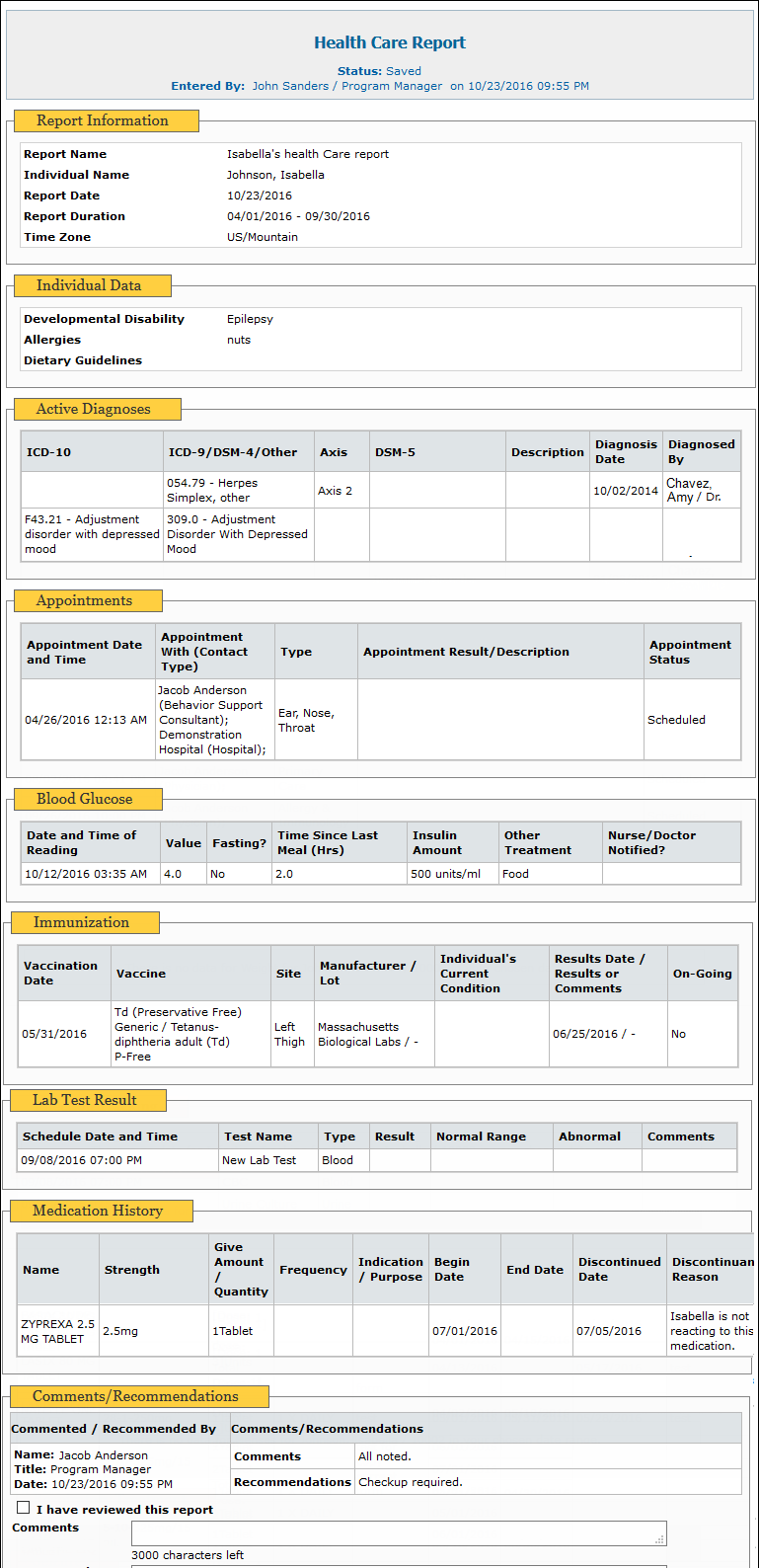
Electronic Health Record
But wait… that’s not the “pause”!
Known as Remote Patient Monitoring (RPM) programs, these healthcare innovations are showing that they play a crucial role in enhancing care by keeping a vigilant eye on patient situations, giving seniors an effective communication and patient psychology. Or in other words, RPM programs are building around the concept of improving engagement of the patients. To that end, caregivers can diagnose and manage senior patients through a quick video chat that tracks results regularly, adjusts care plans when needed and provide ongoing home clinic support.
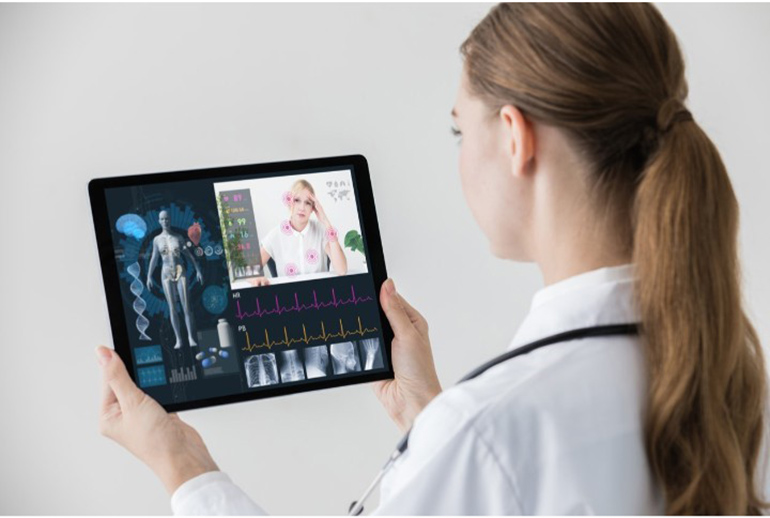
There will never be a stop in the development of healthcare innovation technology! Health providers are now integrating technology into healthcare innovation like blockchain, Artificial Intelligence and the rise of smart devices, which promises to change the processes of healthcare delivery for the better and reduce challenges faced by senior patients.
How We Can Help Seniors Engage in the Digital Healthcare World Faster
Social Media Is a Secret “Weapon.”
The significant number of seniors are joining social media channels like Twitter and Facebook. Social Media can be a bridge between the elder and healthcare innovations. Why don’t you take advantage of this? It’s time to create proper value, engaging and inspiring content to let senior citizens more aware of how important to keep track of their health regularly and how essential healthcare innovations are!
Hey, Caregivers! Provide Seniors with the Healthcare Information They Really Want to Know
Even you are a health provider or a family member if seniors come to you and ask for help, tell them that they can find results on their electronic health record or ask doctors on RPM programs. Educating them on how to use these platforms, the benefits of these technologies and how it helps to give them a better health outcome.
And … Keep It Simple!
Never expect seniors adapt to technology innovation as fast as you, young generations! They require your guidance to catch up to knowledge and experience
One tip for caregivers: the simplicity and visual appeal plus easy navigation will help you engage seniors and encourage them to stay on your page longer than you think they will!
The Bottom Line
Never underestimate your senior patients when developing a digital patient engagement strategy. As the aging population is growing fast, the digital world is now ready to welcome a new type of target audience: tech-savvy seniors. Just be a supportive caregiver who always encourages your elderly patients, shows them the right way to connect the world and be willing to let your digital platform adapt to their use because they will be your economic powerhouse if you let it!
Now, no more hesitation to welcome seniors into the world of the digital revolution! Seniors are ready, why aren’t you?

